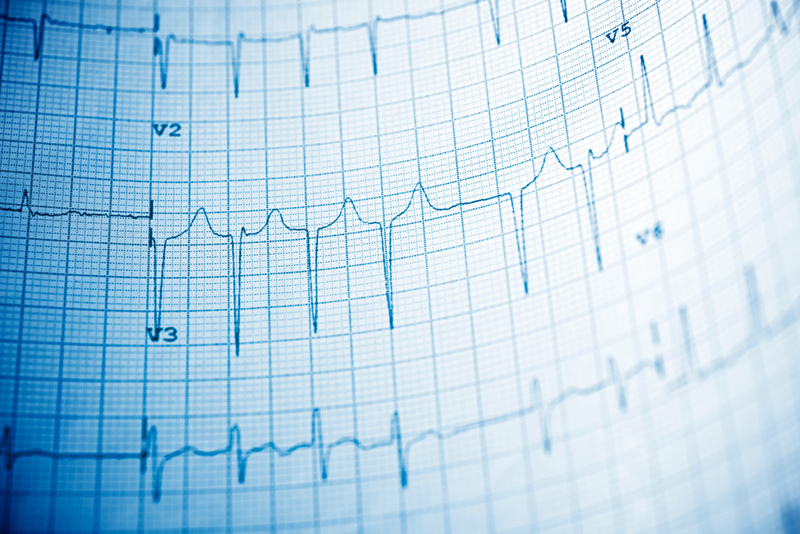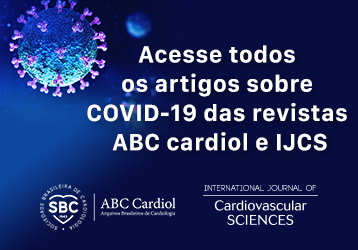Volume 33, Nº 4, Julho e Agosto 2020
DOI: https://doi.org/10.36660/ijcs.20200116
EDITORIAL
Relevance of Animal Models and Echocardiogram for Hypertensive Disease Studies
Karyne Pollo de Souza
Christianne Brêtas Viera Scaramello

Hypertension is the main risk factor for the development of cardiovascular diseases, such as cerebrovascular and ischemic heart diseases, as well as for premature death worldwide. The prevalence of this condition was about 30% in low-, middle- and high-income countries in 2010. Cardiovascular pharmacotherapy and lifestyle changes constitute important measures to manage cardiovascular diseases, and the reduction of blood pressure is a fundamental strategy to prevent and treat them. Systemic arterial hypertension is a clinical multifactorial condition. The underlying mechanisms of hypertensive disease are complex, which is why it is essential to elucidate them.1 Many animal models of hypertension can serve this purpose, most of which were developed considering the probable causes of this condition, such as high salt intake and renin-angiotensin-aldosterone system overactivity. It is important that each model exploit a single pathway to hypertension development.2
Keywords: Hypertension/complications; Blood Pressure; Cardiovascular Diseases/mortality; Electrocardiography/ methods; Rats; Animal Models.











